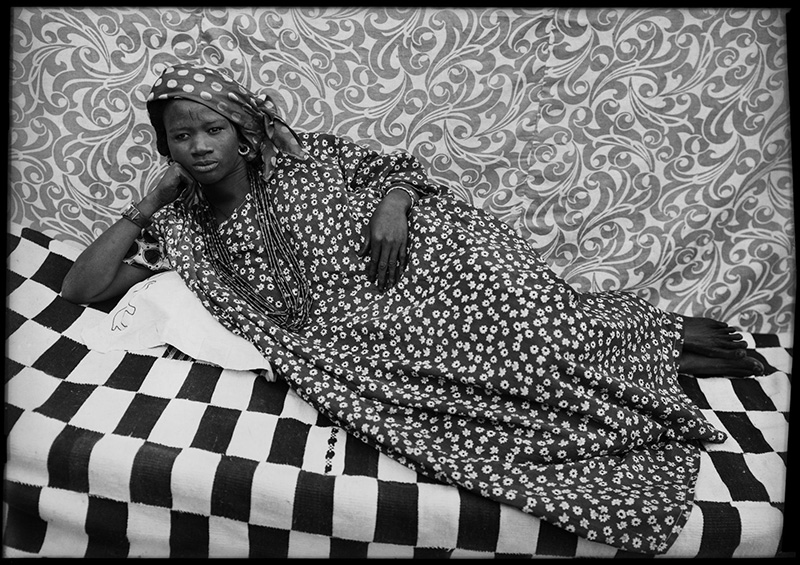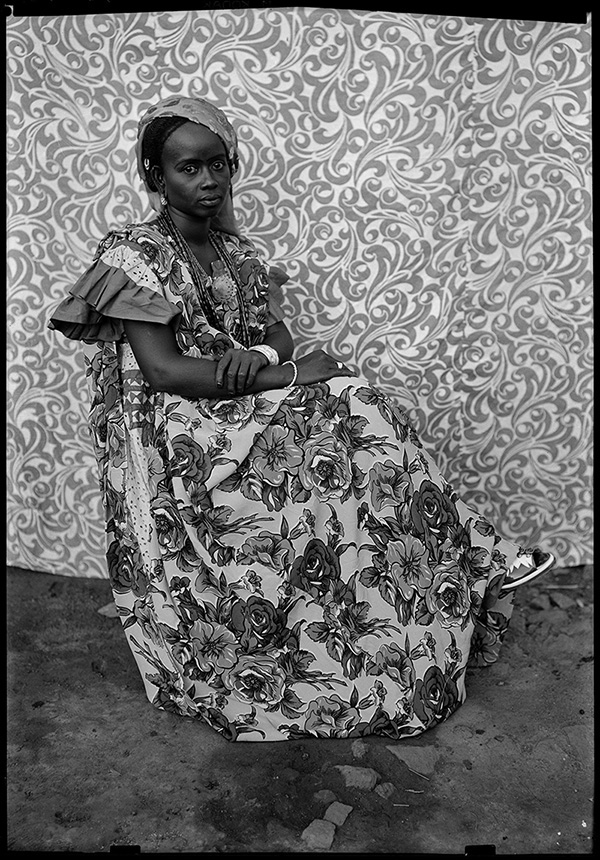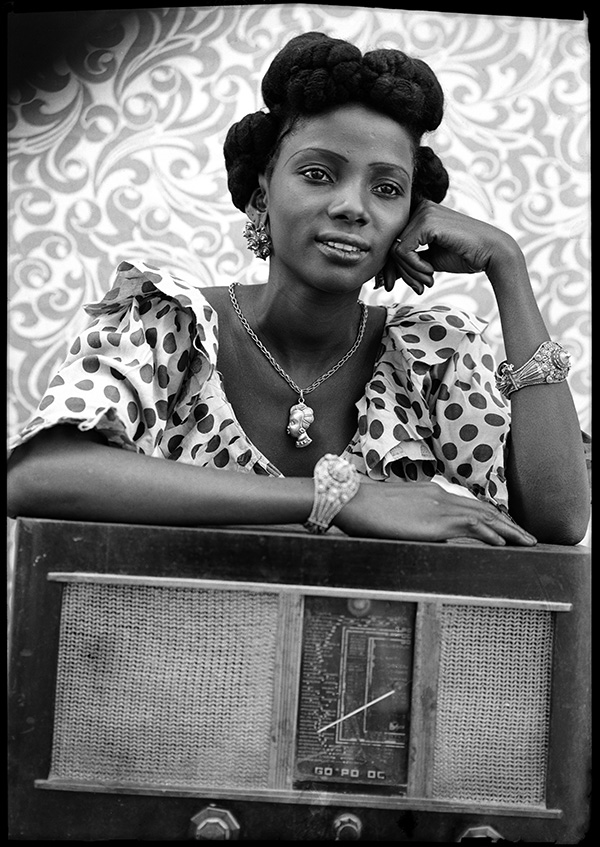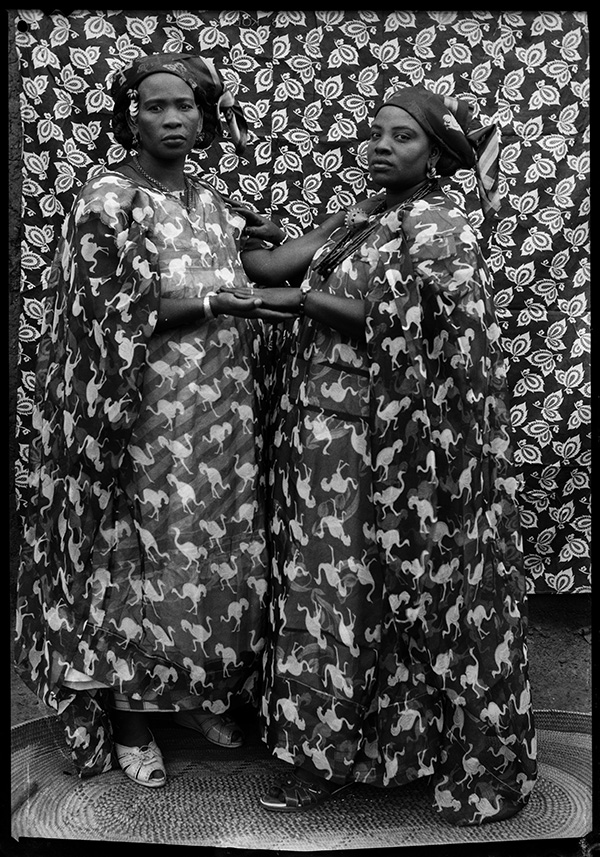PHOTO:Seydou Keïta
 Seydou Keïta is now considered one of the greatest photographers of the 2nd half of the 20th Century. Showing off his subjects to best advantage, his mastery of framing and light and the modernity and inventiveness of his compositions, earned him a huge success. He retired in 1977 after having been the official photographer of a Mali that had become independent. His work constitutes an exceptional testimony to the Malian society of his time.
Seydou Keïta is now considered one of the greatest photographers of the 2nd half of the 20th Century. Showing off his subjects to best advantage, his mastery of framing and light and the modernity and inventiveness of his compositions, earned him a huge success. He retired in 1977 after having been the official photographer of a Mali that had become independent. His work constitutes an exceptional testimony to the Malian society of his time.
By Dimitris Lempesis
Photo: Galerie Nathalie Obadia Archive
Seydou Keïta’s photographs eloquently portray Bamako society during its era of transition from a cosmopolitan French colony to an independent capital of Mali. A selection of Seydou Keïta’s black & white portraits of the residents Mail, from 1948 to 1960 is on exhibition at Galerie Nathalie Obadia in Brussels. Like many of his contemporaries, nothing particularly predestined Keïta to become a photographer. His uncles brought back a camera from a trip to Senegal, and Seydou was fascinated. He started photographing his relatives, although he made furniture for a living, he was spending much time with Pierre Garnier who had his own photographic studio. There, Keïta learned the secrets of the trade and soon realized that there was an enormous demand for individual pictures. In 1948 he opened his own studio. Up until then, whites had had a lot of trouble convincing local population to have their pictures taken, because they were so afraid to lose their identity. With Keita was different: he was one of them and permitted them to choose their own picture that will be left for the close family. Keïta worked primarily with daylight and for economic reasons took only a single shot for each picture. His numerous clients were drawn by the quality of his photos and his great sense of aesthetics. Many were young men, dressed in European style clothing. Some customers brought in items they wanted to be photographed with, but Keïta also had a choice of European clothing and accessories: watches, pens, radios, scooter, etc., which he put at their disposal in his studio. The women came in flowing robes often covering their legs and their throats, only beginning to wear Western outfits in the late ‘60s. He would renew these props every few years, which later allowed him to establish a chronology for his work. In 1991, Jean Pigozzi and André Magnin discovered the (uncredited) photographs of Seydou Keïta, who was then completely unknown outside sub-Saharan Africa, following their visit to the exhibition “Africa Explores, 20th Century African Art” at The Center for African Art in New York. At Jean Pigozzi’s insistence, André Magnin headed for Mali. His driver took him to the house of Malick Sidibé, the best-known photographer in Bamako at the time. When he saw the reproduction of the portraits Magnin had brought with him, Sidibé unhesitatingly exclaimed “That’s by Keïta! He’s still there, in Bamako-Coura, behind the main prison”.His meeting with André Magnin, and then with Jean Pigozzi, would lead in 1994 to his first solo exhibition, at the Fondation Cartier in Paris (France). Until that time Keïta had only seen his works in the form of the contact prints he made from the negatives.
Info: Galerie Nathalie Obadia, 8 rue Charles Decoster, Brussels, Duration: 17/11/16-14/1/17, Days & Hours: Tue-Fri 10:00-18:00, Sat 12:00-18:00, www.nathalieobadia.com



